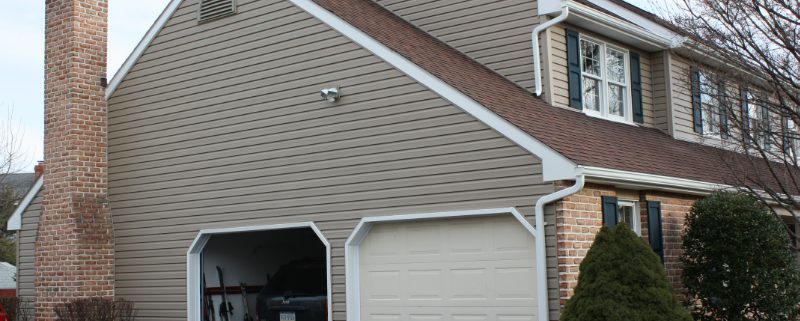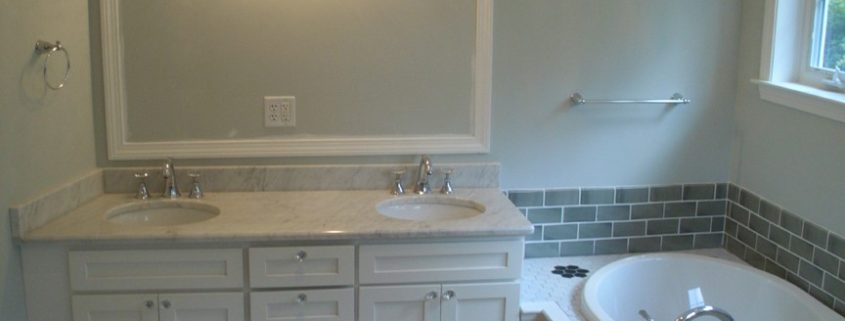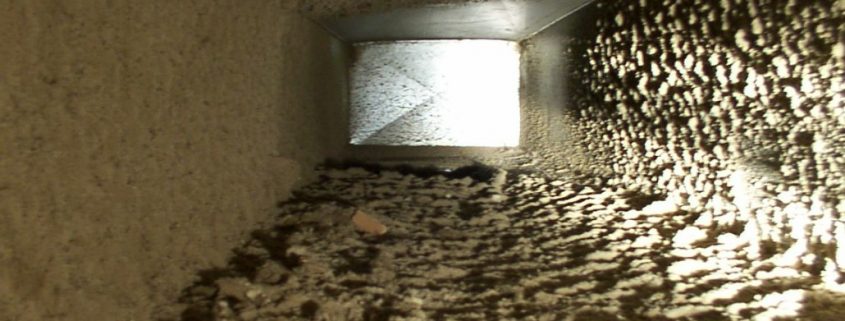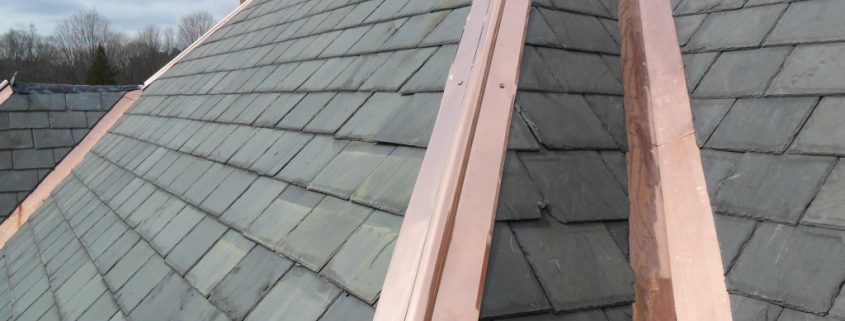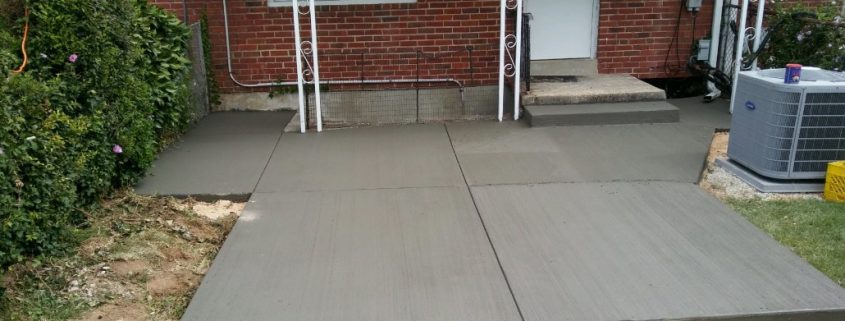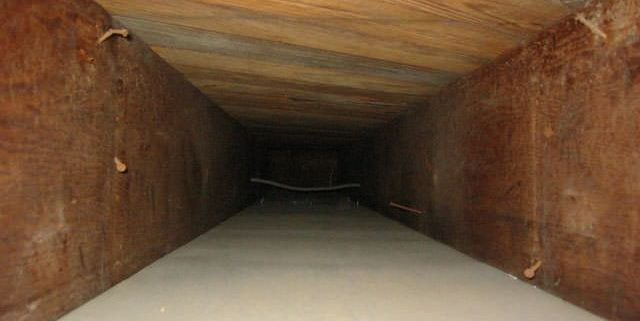How to plan the maintenance of a building
Developing a plan for maintenance of a building requires a solid program for cleaning and repairs. Investing in building maintenance, as this influences the tenant satisfaction and the market value of the property. Making a maintenance plan helps ensure that the experience of living or doing business in the particular building is good. Neglecting maintenance long term is physically difficult to reverse and costly to implement recovery. Since a building is a sound financial investment, a preventative maintenance plan must be intact.
Instructions
Check everything that needs to be cleaned and repaired under scheduled maintenance and create a payment plan for the work that would have to get done. Note the bigger problem areas first and plan to hire a construction expert to inspect the roof and foundation, since these areas define on the integrity of the building.
Work on the maintenance plan. Make a work plan to first address the maintenance of building exteriors. Keep a notebook to write down the details. Locate a good contractors that you can call when you need service. For example, plan to caulk windows and repair ditches to prevent rain damage. Make a list of problems in interior areas, such as replacing tiles or lighting, to do after caulking. If the budget is limited, address maintenance issues in order of importance.
Start calling to interview potential contractors, locate individuals or companies and put them in a file. Plan to hire workers either part time or full time and make a written list of how to train each worker to address specific issues. Note their preferred methods for cleaning windows, bathrooms or floors in the entrance hall, for example.
Make a plan for the supply of cleaning items when the work begins. Purchase a large amount of cleaning rags and small repair tools, such as screwdrivers and hammers. Assign a cart to a particular workers to hold all their cleaning supplies. Develop a written method to help future workers replenish supplies on the cart. For example, designate a central location in the building that will serve as the site for workers to load their carts with products.
Create a detailed list of tasks for each worker. Develops a program for all tasks, even the smallest details of each inner and outer space. Ask workers once work actually begins, to mark the tasks assigned once they’re completed.
Tips & Warnings
- Create detailed lists to make the reporting of completed maintenance work easier for workers. Not all workers classify cleaning or maintenance in the same order of importance, therefore, develop a schedule and a checklist to serve as the main task list so they know what tasks are of upmost importance. Appoint a lead worker to ensure that all maintenance is performed well and on time and have them oversee the work of the rest.
- Leave room in the plan for improvements and new ideas. Once you start work, make sure to ask workers to contribute ideas and offer suggestions. Think of ways to reward and show your sincere appreciation for their work. Workers who feel unappreciated tend to work fast and carelessly.


